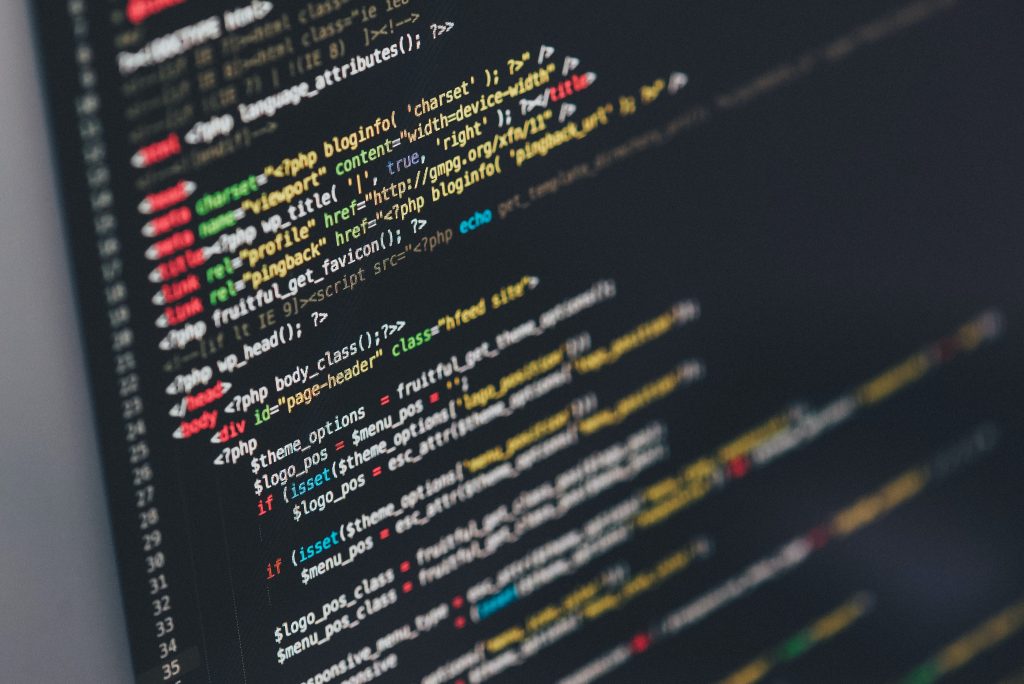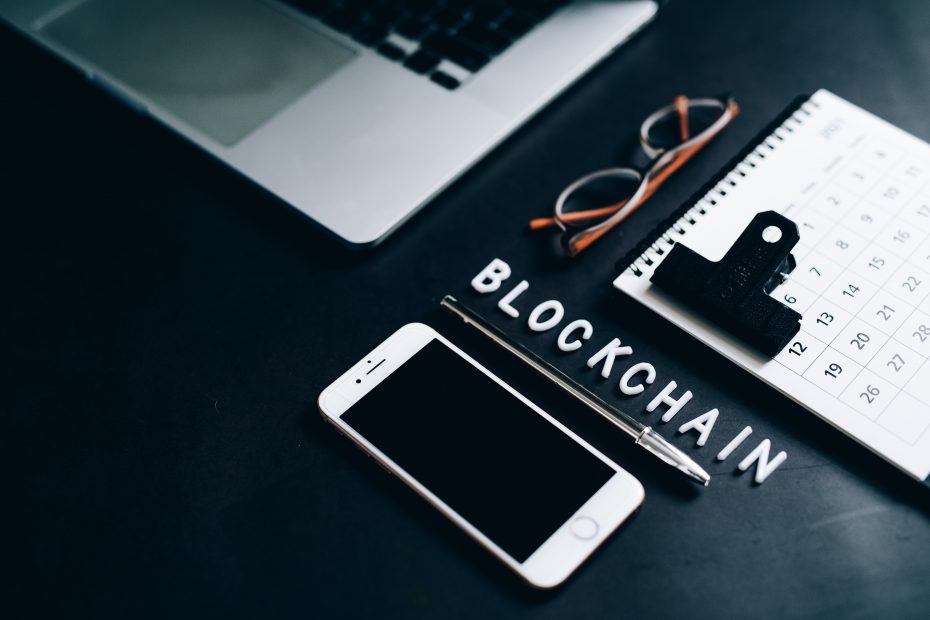Nowadays, blockchains are used by the world’s biggest banks, brands, institutional investors and even in some states. In almost 10 years, they created several thousand jobs in various countries, and have led to the adoption in May 2023 to their first European regulation – Market in Crypto Assets (MiCA) – which does not include the coverage of the NFT representing real art pieces yet, that is most probably to come in the next years.
But what exactly are blockchains?
It is commonly defined as a decentralised technology for storing and transmitting information. Or, to give an image, as “a very large notebook, which anyone can read freely and without charge, on which anyone can write, but which is impossible to erase and indestructible” (Jean-Paul Delahaye).
Unlikely the GAFAM for example, that dominate the Internet and whose business model is based on the management and resale of your personal data, the blockchain is a decentralise public register, anonymous and unforgeable: this is the beginning of the so-called “web3 era”, where users keep full ownership of their data, so that censorship and the sale of data are almost impossible.
How does it work?
A “minor” (an individual or a company) uses his/her calculating computer power to solve a complex algorithm. By doing it, he/she creates a “block”, in which NFT transactions are added and carried out between users using tokens or smart contracts. In this article, we will focus on the tokens and leave the smart contracts – that could be an entire other article – aside.
*A non-fungible token (NFT) is a digital property certified as authentic and only one. On the blockchains, you can acquire an NFT through a smart contract or a token. A token is a digital archive composed of a series of numbers and letters that contains the proof that your transaction has taken place. It confers to you property right, but not the NFT in itself nor intellectual property or license.
All these transactions become part of the data constituting the “block”. The data are verified by the members of the network using cryptography. Once it has been validated, more specifically “time-stamped”, it is added to the other blocks to form the blockchain. All members have access to these additions, without being able to modify them.
Now, why are the blockchains interesting for the creative and cultural industries?
1) To eliminate the need of a trusted third party
Nowadays, blockchains offer services from the real estate to art pieces, collection management, museums services, patrimony management, etc, thanks to its capacity to guarantee the work reliable and non-repudiable provenance, while managing the interactions between the parties involved:
It enables information (which acts as a value) to be traded between two individuals on a direct peer-to-peer basis, without going through a control body, as security is delegated to the network.
Therefore, artists can sell their pieces easily and autonomously in the global market, in different manners and temporalities. For example, artists can sell their work privately, in auction, or split the rights to their works, giving buyers the opportunity to acquire fractions of it through the according number of tokens. Another example is that if the tokens can be issued once the work has been completed, they can also be issued before it has even begun, which is a very interesting method of financing artistic process.

2) To increase traceability and transparency
Blockchains can record and certify the entire journey of a work of art (creation, sale, exhibition, loan, bequest, restoration, etc.), so the authenticity, historicity, and value of a work of art become verified and unchanging information, circulating securely between individuals in the value chain.
Therefore, it can also provide a new technological foundation for intellectual property and copyright. Artists would be assured of being the only people in the world able to prove indisputably the authorship of a work, while buyers would be able to prove their right of ownership, and diffusion or exposition owners would be able to prove their representation and/or exploitation rights.
In the music sector for instance, blockchains can provide appropriate compensation for music purchased, helping to combat piracy and copyright infringement, and creating a direct link between fans and artists by issuing NFTs.
3) To provide faster and better security guarantee using consensus
A blockchains can be composed of an infinity of blocks. To hack it, one should hold at least 50% of the calculating computer power dedicated to mining the blocks, which is almost impossible because of its decentralisation and the energy required. Some blockchains go even further, proposing systems where almost 99% of the computing power would be needed to make it breakable.
It is a system of unrivalled resilience and security, ideal for protecting exchanges of material assets and making them traceable and auditable, especially as transactions are now non-repudiable, which is why it is qualified as an “Internet of value“:
Applied to the art, cultural and creative market and sector, it is now easy to build guarantees and reduce the risks of fraud. In fact, to validate a block requires all the participants agreement and any attempt to modify it would need the approval of the majority, which make virtually impossible to interfere with the data stored in the blockchain.

Conclusion
With the blockchains, the management and enforcement of the various rights resulting from literary and artistic property is safer. Besides copyright and property rights, it enables users to monitor and automatically trigger resale rights, ensure compliance with disclosure rights, and so on.
It can also be used to develop a digital infrastructure that simplifies and secures interactions with users, audiences, buyers. For instance, an artist (or gallery) might put his/her works up for sale on an online platform and, at the same time, make some of these works available for an exhibition. It can also be a way to raise funds.
Regarding blockchains relationships with the cultural and creative sector, certain concerns are still unsolved because of its vague legal framework, especially the conservation of the physical work:
- Without a trusted third part, who will be accountable if the work suffers any damage or pays for its current preservation?
- What is the legal value of their ownerships, in comparison to who?
Moreover, blockchains have an important impact on the environment. Although efforts have been made in recent years (use of renewable energy, change of consensus from PoW to PoS, etc.) the computing power required for this ecosystem to function properly is still energy intensive.
Like any emerging technology, it is imperfect. It can be complicated to use, you need to learn a whole lexicon to avoid making mistakes, interoperability between blockchains is not always possible and there are still scalability problems (handling large volumes). Complexity and a lack of knowledge are also slowing adoption. Nevertheless, this technology has a lot to offer and should definitely be considered for the future of CCI.
References:
Benoit de Jessey, The blockchain : origin, definition, advantages and limits, Capital newspaper, 10/02/2023
Aurore Gayte, By buying an NFT, what do you actually buy? The answer is not that obvious, Numerama newspaper, 09/08/2022
Jurgen Dsainbayonne, Art objects, the challenges of the blockchain, Cairn Info, 08/2017
Anne-Sophie Godbout, Amalgamation between the art market and the technologies: the sale of works thank to the blockchain is now possible, Thinking blockchains newspaper, 09/2020
News, Digital finance : agreement on the European regulation on crypto-assets (MiCA) under the aegis of the French Presidency of the European Union, Gide lawyers cabinet, 07/2022
Nguyen Thi Hai Ly, Sustainable tourism development, smart tourism and blockchain technology, Università Degli Studi Firenze, June 2023

 Polski
Polski Română
Română Italiano
Italiano Ελληνικά
Ελληνικά Français
Français